Kamut is an Egyptian wheat found in Egyptian pyramids, which has a history dating back 3000 years ago. It is believed that this variety has the ancient Egyptian name for wheat - "kamut". At the table of Americans, Kamut appeared only in 1980.
Kamut resembles wheat, but is 2-3 times larger. The advantages of Kamut over wheat are many, so this ancient variety is gaining increasing popularity among lovers of healthy eating.
Composition of kamut
Kamut is approximately 40% higher in protein than common wheat. It contains a high amount of amino acids, lipids and fibre. Kamut is rich in potassium, magnesium, iron, phosphorus, zinc, manganese, selenium, vitamin B1, vitamin B6, vitamin E. Kamut stands out among other wheats by being low in gluten. It contains 16 amino acids and is rich in vitamins.
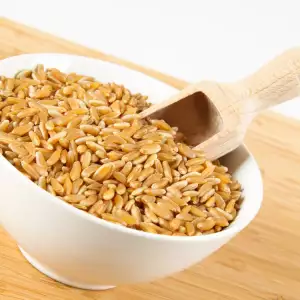
100 g raw kamut contain 337 calories, 70 g carbohydrates, 2 g fat, 9 g fiber, 15 g protein, 6 mg sodium.
Selecting and storing kamut
As mentioned, kamut is not very popular as of yet, and for this reason it is not found in all stores but only in specialized shops. On the label must be clearly mentioned its manufacturer and durability. Kamut is stored in dry and ventilated area, away from direct sunlight.
Culinary uses of Kamut
Kamut must be soaked overnight before being cooked. Kamut is boiled in water, the ratio is 1:4. Boil for 40 minutes. If no pre-soaking was done, the cooking time is increased to 45-50 minutes.
You can get wholemeal flour from Kamut, which in turn is suitable for the preparation of pasta, biscuits, bread, cookies, etc..
Kamut flour can also be combined with other flours /e.g. wheat:kamut, 1:3 /. It is best to combine with flour from oats, spelt, barley, wheat. You can prepare quality flour from kamut, it is more preferable to be combined with other types of flour.
Cooked and cooled kamut is a great component of various healthy salads. Ideal breakfast is cooked kamut with butter and cheese. Kamut is suitable for germination. Generally kamut grain may be prepared as rice - can be added to salads, soups, can be used instead of porridge.
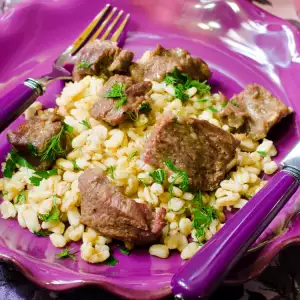
Suitable for addition to vegetable dishes, it should be boiled in advance. From kamut can be made pastries and cakes with a nice golden color and buttery taste.
Benefits of kamut
The content of gluten in kamut is relatively less than that in the wheat. This makes it suitable for consumption by people with lactose intolerance, but nevertheless consulting a physician first is recommended.
Unlike most other wheats, kamut has a low oxidation state, and therefore retains much of its nutritional properties even after heat treatment and grinding.
It is believed that kamut reduces the risk of the development of diabetes type 2 and cardiovascular diseases. The results of some recent studies have shown that consumption of kamut reduces the possibility of developing cancer.
Kamut improves the function of the digestive system and is suitable for consumption by people who want to reduce and control their weight. Stimulates metabolism. Consumption of kamut provides the body with enough energy. This ancient wheat is easy to digest.
Kamut has excellent antioxidant properties because of the high content of selenium. Kamut is not genetically modified and the original properties are retained for years. Suitable for consumption by children over 1 year of age.
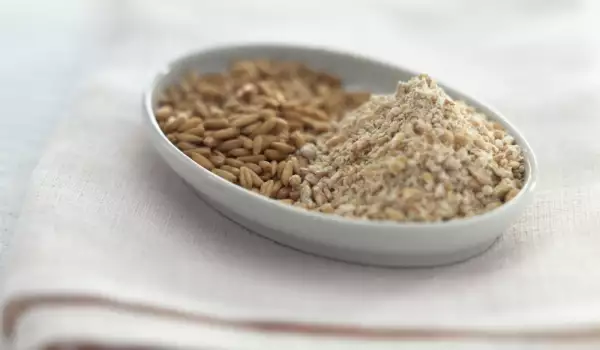
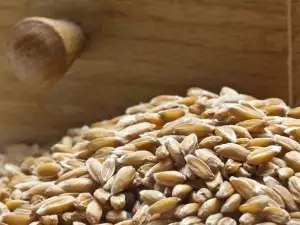
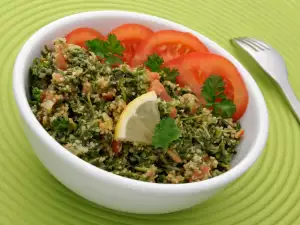
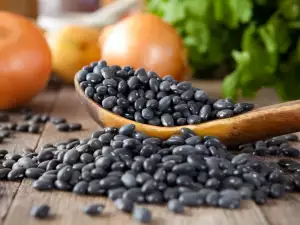

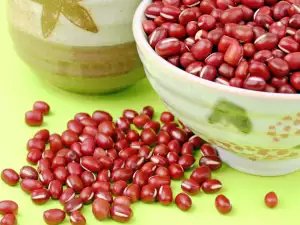


Comments